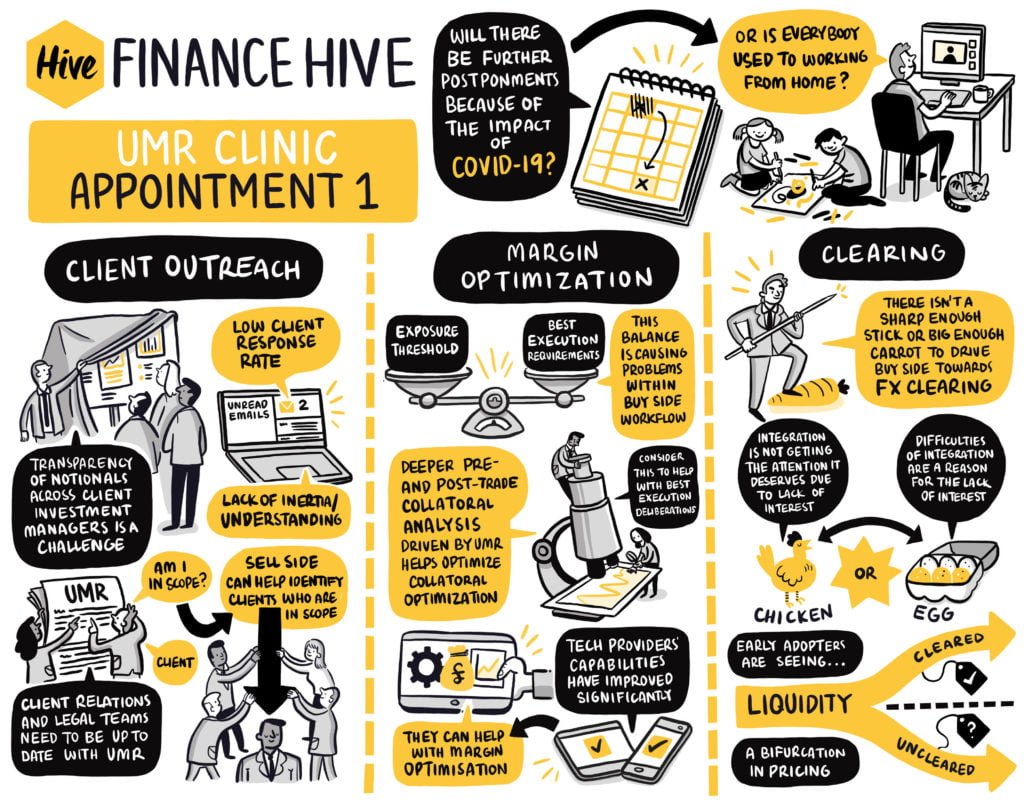
Neil, what do you see being the biggest challenge as you prepare for UMR?
Getting the buyside to work in tandem. UMR is a problem designed to be solved by something other than the regulation which underpins it. It is literally driven in a way which encourages firms to consider what a beneficial alternative could look like! To me, this is the kind of thing which should push interested parties to consider what a helpful marketplace for clearing would be in an ideal world, what structures and norms would be required, and how we can get there in a relatively short space of time, to hopefully avoid putting in place the technology required to calculate and post IM for those firms who could avoid it.
How can working as a buy side collective help to solve this challenge?
As above, establishing which firms are expecting to be impacted by UMR, establishing remote working relationships between interested parties and collaborating regularly to share developing understanding of how UMR will impact the industry at Phase 5 and 6 and what alternatives exist to avoid the least beneficial outcomes. The Finance Hive can be a key player in this work as the enabler for buyside firms to come together, especially in the current climate where face to face meetings are impossible.
What other problems/opportunities are you seeing where buy side collaboration will help?
Clearing currency forwards, particularly non-deliverable forwards, is a clear alternative to UMR. From initial discussion, it is evident that there is a desire within the buyside to explore options in this space. Collaboration at this point to ensure key obstacles are understood and can be addressed, and a definition of what a workable clearing market could look like for the buyside would be extremely helpful.
What are the top three things you are looking to learn from your peers over the course of the UMR series?
- Problems relating to and viability of clearing currency forwards
- Impact of IM on trading
- Potential tech solutions to UMR
This month we welcomed 10 buy side leaders – all of whom are leading or heavily influencing their firms’ UMR projects – to the launch of our UMR Clinic…we’ve summarised some of the key discussion points visually below:

